Art
I made a very simple tileset for the museum using standard-sized 8x8 sprites. This is what the first page of the sprite bank looks like:
The shading on the pillar creates a nice sense of depth which can be improved with some clever collision detection and sprite rendering. For example, below is a GIF of the player walking along the top and bottom of the museum. At the top of the screen the player is rendered in front of the pillars which makes it look like they can walk right up to the edge of the wall. At the bottom they're rendered behind the pillars which gives the walls a tangible height and place in the world.
You can see all 6 of the exhibits in the spritesheet above. They were drawn from left to right as I finished the writing for each one: sword, pyramid, compass, well, floppy disk and paint palette. Each one is 16x16 and came out better than I was expecting.
The People
All of the people are randomly generated using some of the special wide characters in the PICO-8 font. There are 4 possible heads, 2 bodies and 9 colors giving 72 possible combinations. With all 16 colors there would be 128 combinations but some of the colors blended with the environment too much or just looked strange so were omitted. The player is the only red character so that they can always spot where they are in the crowd. I first generated people like this as a submission for tweetjam.
For the tour itself there are a small group of people who follow you around. This is pretty simple: the position of each character is just the previous position of the character in front of them. Here's a good example. In my case each character actually stores their last 5 positions (to create a gap/delay between them) and the positions are only copied when they're moving (so they don't all stand on top of each other). All the characters also have a small random offset each frame to make them fidget a bit.
The Transitions
There are 3 different scenes in the game: the title screen, main hall and exhibits. To smooth the transitions between them there's a quick screen wipe. This is just a rectangle which stretches from the right side of the screen to the left, at which point the whole screen is black so we can safely change scenes, before shrinking it back from right to left. The whole thing lasts just 1 second.
The title screen serves a number of purposes: it tells players the name of the game, explains what they have to do, tracks their progress and tells them which buttons to press. I was so happy with the pillar sprite that I based the title graphic on it, then moved it up and down gently on a sine wave so there's always something happening on the screen.
Writing
Each exhibit has 9 lines of text with 6-8 points where you can choose what to say from 3 options. Here's a snippet of code from the function which populates the exhibit array:
-------------compass items[3]={} items[3].sprite=6 items[3].lines={ "\130: here we have a compass. it", "uses the power of $", "to always point $.", "the first $ were used", "for $ but were later", "adapted for $.", "you can make your own compass", "at home using only $", "$ and $."} items[3].options={ {"magnetism", "witchcraft", "astrology"}, {"out typos", "at ghosts", "northwards"}, {"compasses", "compii", "...ones"}, {"divination", "decoration", "pranks"}, {"navigation", "music", "cooking"}, {"a needle,", "2 cats,", "prayer,"}, {"a bowl", "some lard", "16 hours"}, {"some water", "a dozen eggs", "meditation"}}
So for example if you correctly pointed out on your tour that a compass works using the power of witchcraft, it would look like this:
--before items[3].lines[2]=="uses the power of $" --after items[3].lines[2]=="uses the power of witchcraft"
How Text is Rendered
To animate the text there are a series of variables tracking what the current line, option and character are. Each frame the char counter is increased. When the current char is a $ we stop increasing the counter and wait for input (while rendering the current set of 3 options). Once a choice is made we substitute the $ for the chosen string, resume the char counter and increase the option counter so that the next $ will show the corresponding next set of 3. When the current char goes past the end of the line we reset it and increase the line counter, and finally when the line counter goes past our final line we know we're finished.
I actually lied a little bit earlier. When you make a choice the $ symbol isn't just replaced with your chosen string, that string is also wrapped in ^ symbols like so:
--before items[3].lines[2]=="uses the power of $" --after items[3].lines[2]=="uses the power of ^witchcraft^"
function print_line(l,x,y) --text between ^ is diff color --player head diff color --boss head diff color local col=7 for i=1,#l do local c=sub(l,i,i) if c==player_head then print(c,x,y,player_col) elseif c=="\140" then print(c,x,y,boss_col) else if c=="^" then if col==7 then col=14 else col=7 end else print(c,x,y,col) end end x+=char_width(c) end end
Cheers
Each time you make a choice a random member of your tour will have a little cheer in their color that floats upwards briefly. It really adds to the comedy, especially when you say something ludicrous. The 8 things they can say are: amazing!, wow!, incredible!, knowledge!, interesting!, fascinating!, really?! and informative!.
Reception
Larry Chupacabra and Jupiter Hadley recorded their playthroughs and these were great to watch. Larry really went to town on the improvisations and acting, which was cool. I especially loved hearing Jupiter start out picking the 'correct' options and then start to realize she can say whatever she wants and start to laugh and have fun with it. That's exactly what I was going for.
Overall I'm very happy with the game. Both the art and writing were big new challenges that I really wasn't sure I could do. The Museum was the first idea I really liked based on the theme but I didn't think I could pull it off, so I carried on brainstorming. I'm glad I went back to it and pushed myself.
You can play the game on itch.io or the PICO-8 forum and check out the comments on my Ludum Dare entry page. If you liked reading this you might also like these posts about PICO-8 projects such as Ludum Dare 34, LowRezJam 2016 and tweetjam.

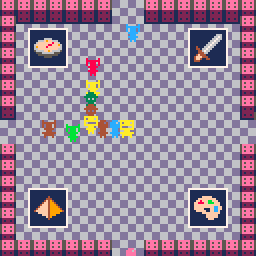
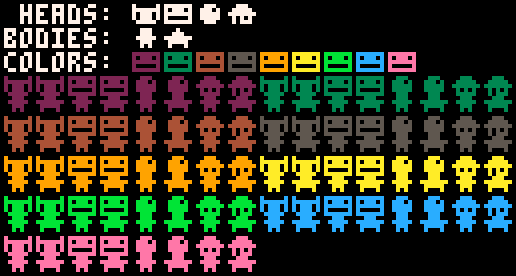
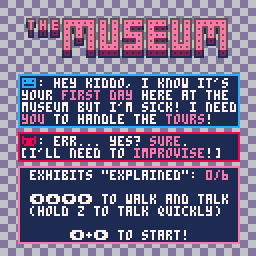
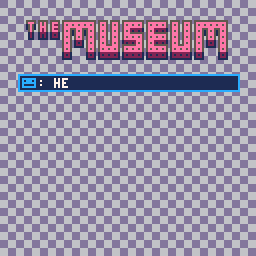
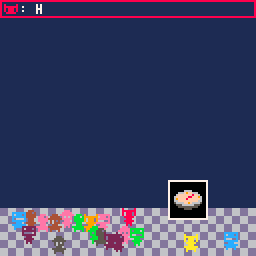
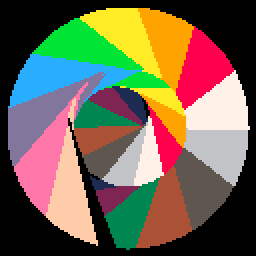
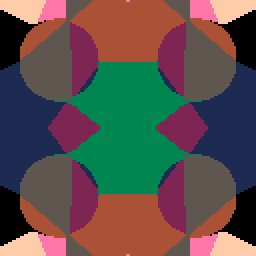
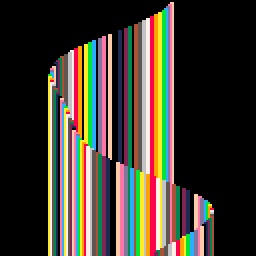
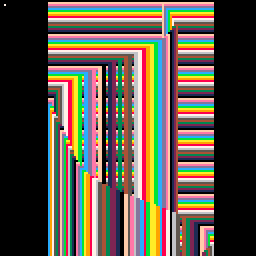
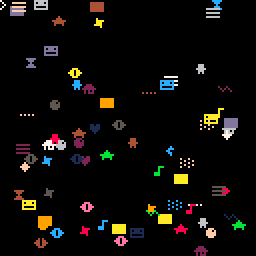
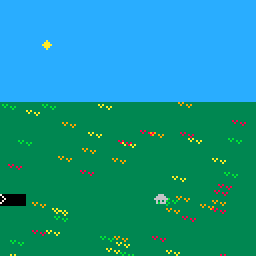
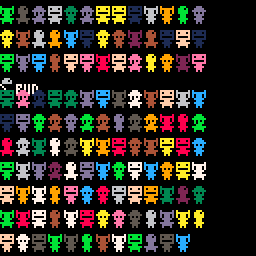
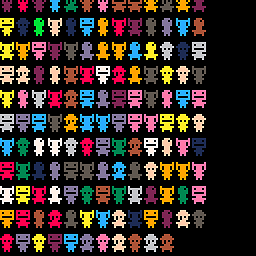
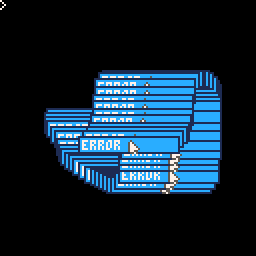
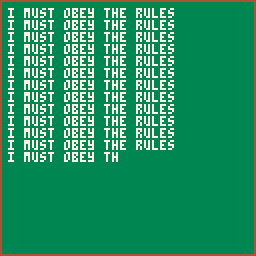
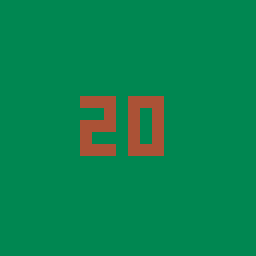
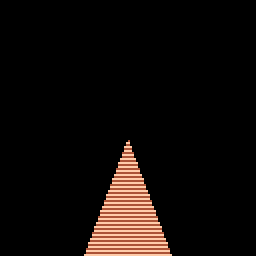
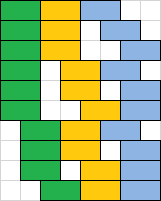
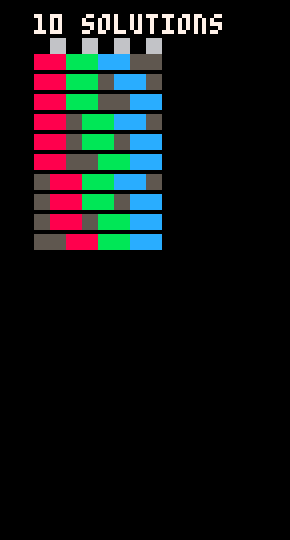
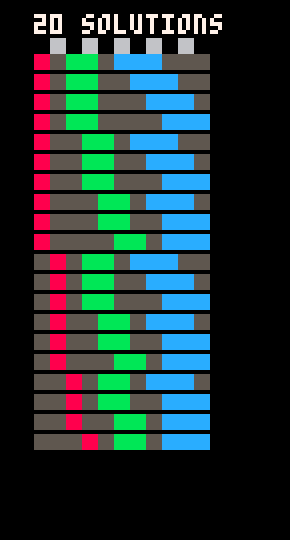
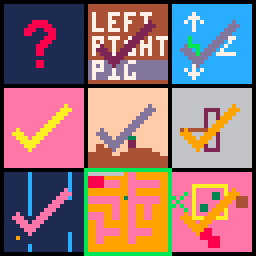
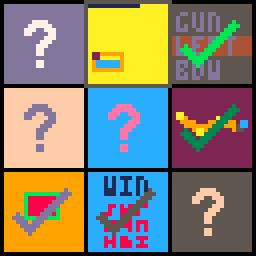
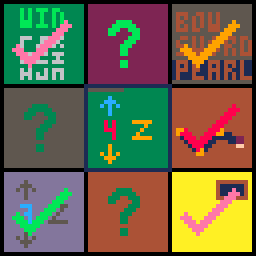
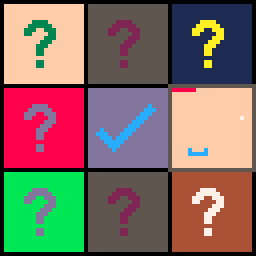
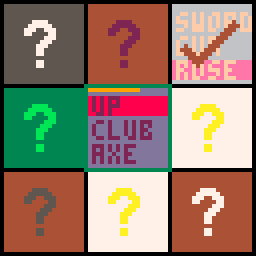
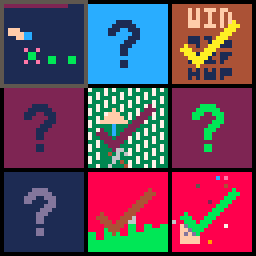
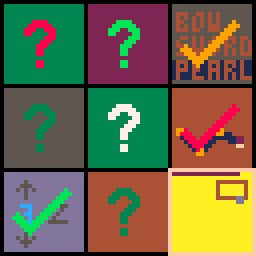
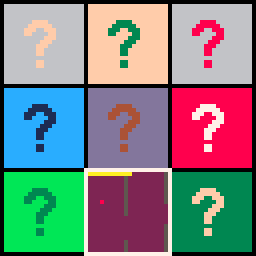
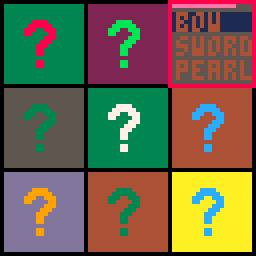
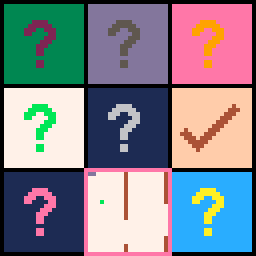
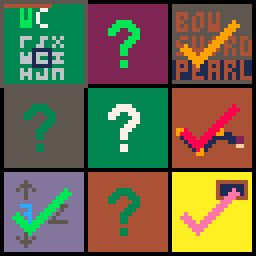
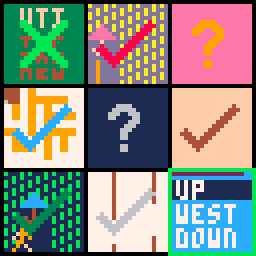
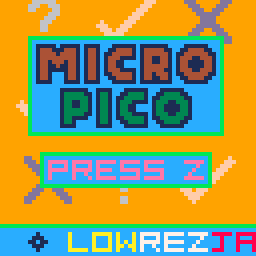

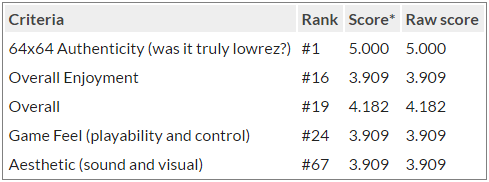
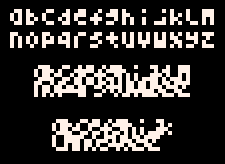
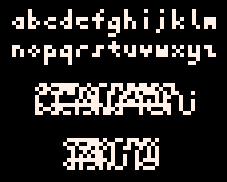

 RSS Feed
RSS Feed
